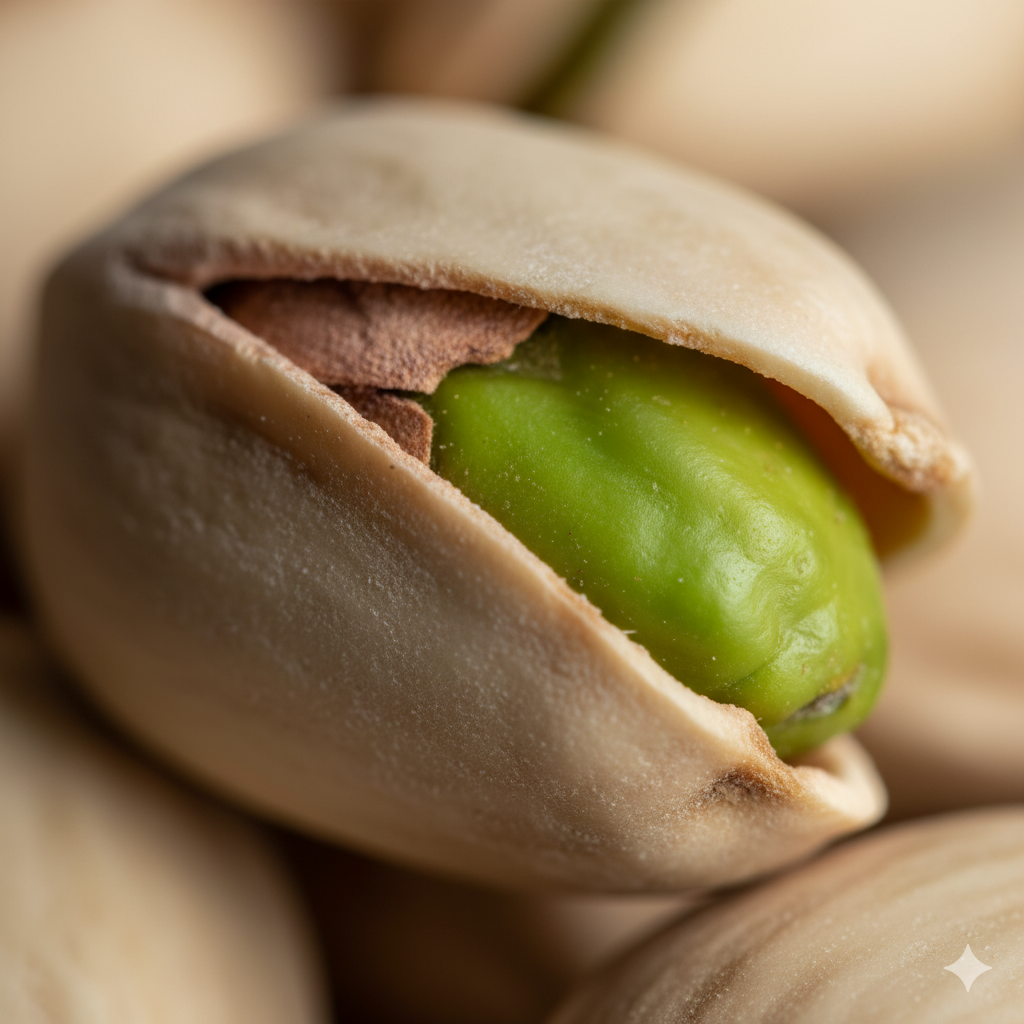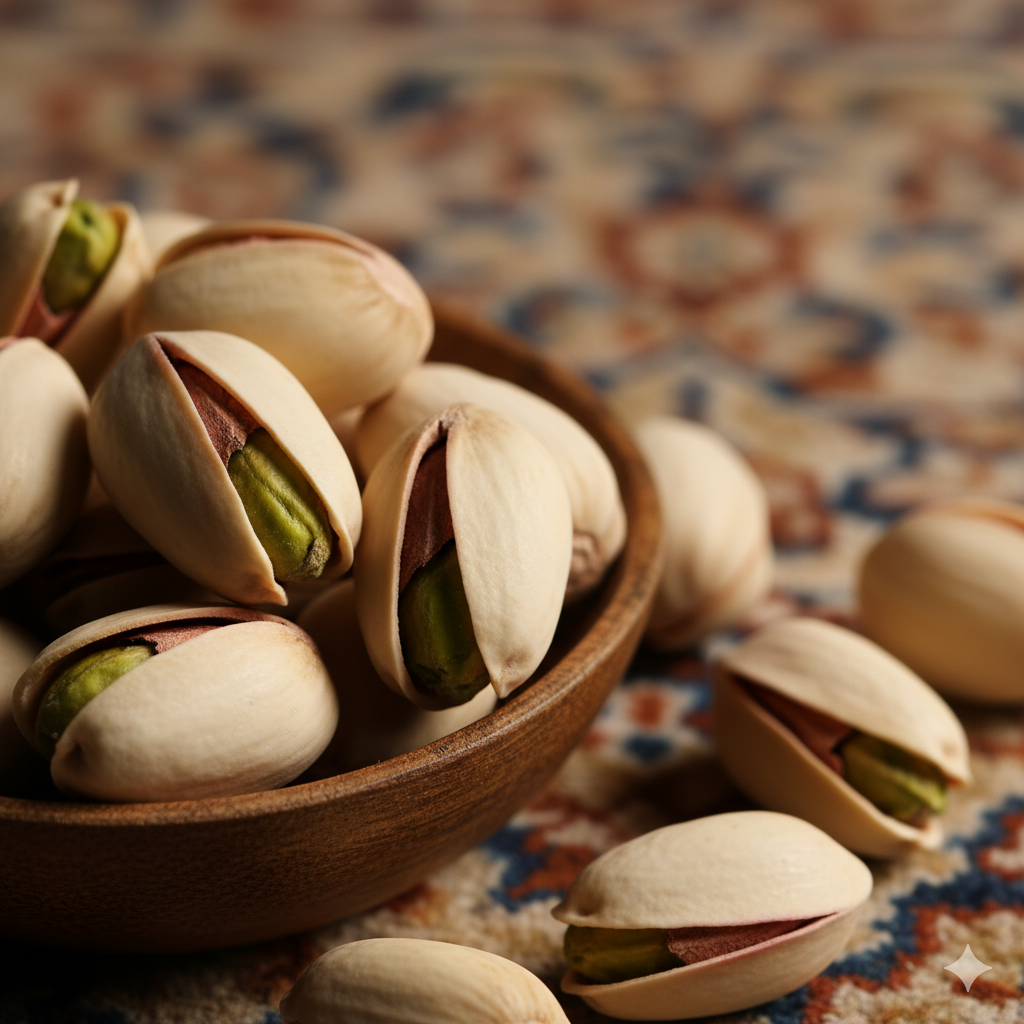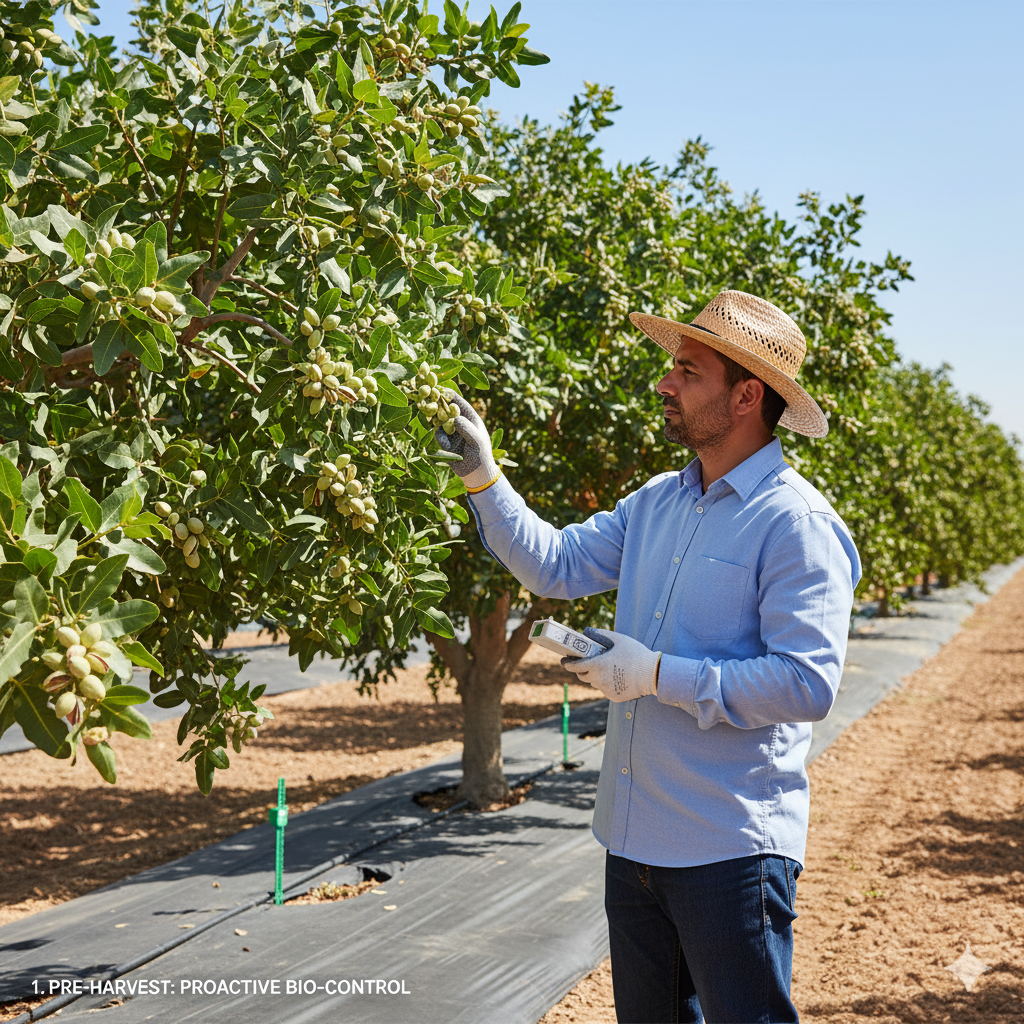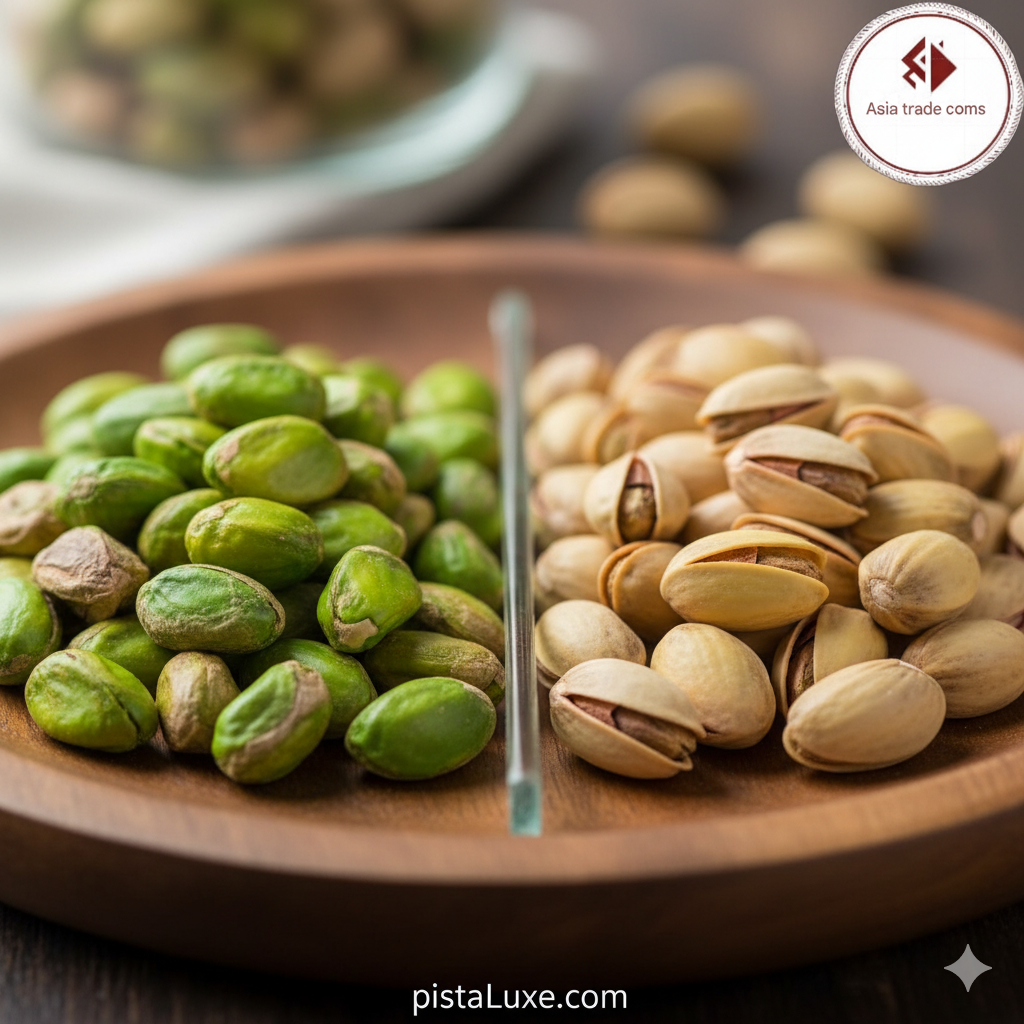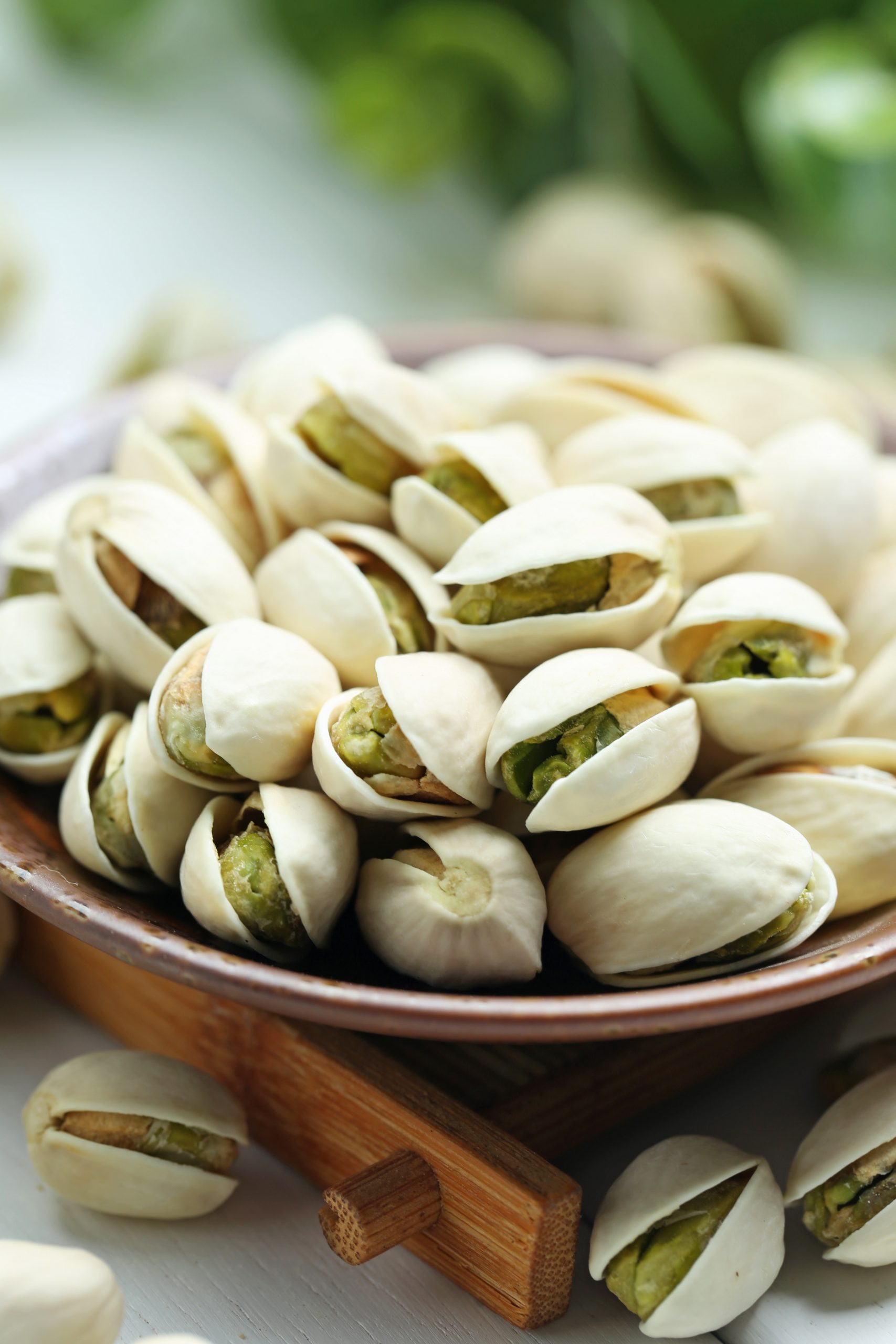
Introduction
Pistachios are a popular, nutritious snack. When consumed thoughtfully, they can enhance a healthy diet while supporting sustainable practices. This article provides practical, actionable tips focused on sustainability and search engine optimization (SEO) to help your pistachio website attract and engage readers.
1) Consume in Moderation Based on Body Needs
- Practical guideline: A serving of about 20–30 pistachios per sitting offers a balanced mix of carbohydrates, protein, and healthy fats.
- Key point: Tailor portion sizes to weight goals, activity level, and health indicators.
- Calorie awareness: Raw pistachios are roughly 505 kcal per 100 g; monitor portions to avoid excess.
2) Choose High-Quality, Sustainable Pistachios
- Quality-first: Opt for raw or roasted pistachios with credible certifications (health/organic).
- In-shell advantages: In-shell pistachios help limit air exposure and contamination, aiding freshness.
- Packaging matters: Zip-lock or aluminum packaging often preserves freshness and minimizes oiling.
3) Storage for Freshness and Sustainability
- Environment: Store in a dry, cool place away from direct light.
- Containers: Use airtight, moisture-resistant containers.
- Long-term storage: For extended preservation, freeze pistachios; refrigerate small portions for daily use.
4) Healthy and Diverse Pairings
- Low-calorie combinations: Pair pistachios with low-fat dried fruits or other nuts in balanced ratios.
- Protein companion: Combine with low-fat yogurt or cheese for a protein boost and longer satiety.
- Usage timing: Use as a healthy snack or as a mix-in for salads and main dishes to diversify the diet without overconsuming.
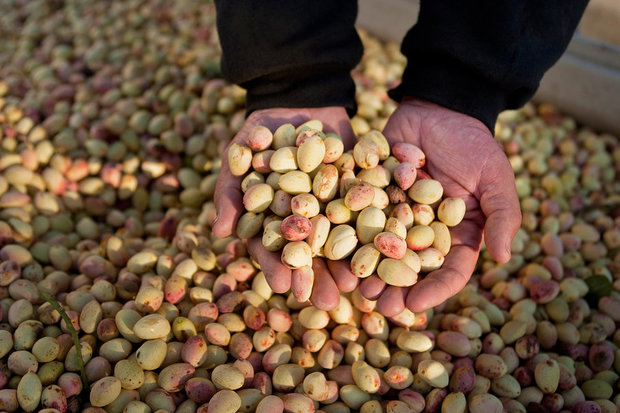
5) Mindful Consumption and Considerations
- Allergies: People with nut allergies should exercise caution.
- Moderation for some: Daily intake above 30–40 g can add extra calories; some individuals with digestive sensitivities may benefit from smaller portions.
6) Sustainability and Brand Perspective
- Sustainable sourcing: Choose nuts produced under sustainable agricultural practices with environmental and social certifications.
- Waste reduction: Favor recyclable packaging and efficient supply chains to minimize waste.
- Transparency: Display origin, harvest date, and farming methods on labels.
7) SEO Tips for Pistachio Content
- Core keywords: sustainable pistachio, pistachio sustainability, fresh pistachio storage, high-quality pistachio, organic pistachio.
- Content structure: Use clear H2/H3 headings with relevant keywords; keep paragraphs concise and use bullet lists.
- Internal linking: Link to related pages like “Pistachio Benefits,” “Storage Guide,” and “Sustainability Certifications.”
- Meta tags and images: Craft compelling meta descriptions with keywords; optimize image alt text (e.g., alt=”Fresh pistachios in packaging”).
8) Key Audience Questions
- Are your readers general consumers or industry professionals/retailers?
- What is your main content goal: awareness, sales, or both?
- Do you showcase specific sustainability certifications (e.g., GLOBALG.A.P, ISO, Organic) in your content?
9) Suggested Page Structure for Your Site
- Home page: Quick intro to pistachios and sustainability
- “Pistachio Benefits” page: Health benefits with references
- “Consumption & Storage Guide” page: Portion sizes, storage, healthy pairings
- “Sustainability in the Supply Chain” page: Certifications, waste reduction, transparency
- Blog/Articles: Short posts targeting long-tail keywords for local/global SEO
Conclusion
Sustainable pistachio consumption encompasses portion control, quality selection, proper storage, healthy pairings, and transparent branding. A cohesive SEO strategy using targeted keywords helps you rank well and guide readers toward informed, mindful choices.
To buy pistachios and all kinds of dry fruits, call Mr. Ravanshad’s WhatsApp number 00989214773705


